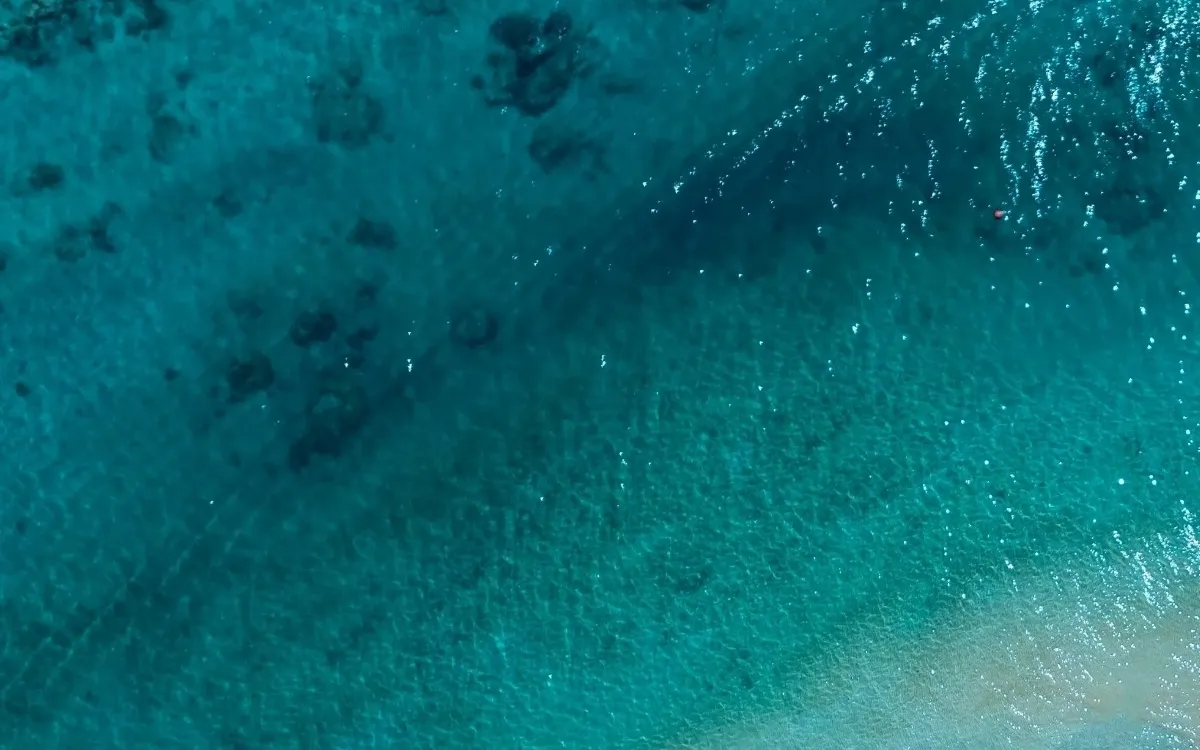
The deep sea is a treasure trove, guarding the secrets of Earth’s past. Its sediment layers serve as a silent record of carbon cycles, climate shifts, and ecosystem upheavals. Among the world's oceans, the Pacific Ocean stands out, harboring the most heat and carbon, yet it is one of the least explored regions concerning long-term climate data. Professor Elizabeth Griffith from The Ohio State University emphasizes, “It’s easy to forget that two-thirds of our planet is covered with salty ocean water, especially when you don’t live near the coast. It’s also hard to realize just how much of it we haven’t explored yet.”
Currently, the legacy data available for the Pacific Ocean is sparse. Only eight Pacific High sites have been sampled using modern drilling techniques. These critical sites include Shatsky Rise, Hess Rise, Allison Guyot, Limalok Guyot, Lo-En Guyot, Ontong Java Plateau, Mid-Pacific Mountains, and Magellan Rise. Most of the insights we possess still rely on sediment cores that are decades old, many of which are now degraded and depleted.
The Pacific sediment holds invaluable climate records. The Pacific Highs, which are submerged geological plateaus, are rich in carbonate sediments that are particularly effective in preserving historical climate signals. These sites are situated above the carbonate compensation depth, allowing the shells of tiny organisms to survive long enough to become fossilized. During warmer periods, the deep ocean experienced increased acidity, leading to the erosion of many fossil records; however, these Highs remained relatively preserved.
Sediment cores from sites like Shatsky Rise have unveiled ancient greenhouse climates, mass extinctions, oceanic anoxic events, and patterns of recovery. However, the continuity of sediment is not always guaranteed. Currents and internal tides can erode sediment layers, which is why scientists advocate for multi-site sampling. A more comprehensive and widespread record will help to elucidate the zonal and latitudinal changes in the ocean over time.
Advancements in technology have revolutionized ocean drilling. Ships like the JOIDES Resolution have allowed for long, continuous core recovery from multiple holes at each site, moving away from earlier “spot-coring” methods that often missed significant climate transitions. Despite this progress, many key events, such as the Cretaceous-Paleogene boundary, are still poorly represented in Pacific cores. New proxies enable researchers to study microbial communities, biomarkers, and porewaters, but these methods require fresh sediment.
Professor Griffith states, “When you’re extrapolating from such a huge time and spatial scale, you need more than one or two data points to get complete records and ground truth modeling.”
The gaps in spatial data significantly limit the accuracy of climate models. Researchers emphasize the urgent need for gathering new cores to enhance climate models, reduce uncertainty, and capture ecological transitions. Scientific drilling is pivotal for reconstructing circulation patterns, understanding biological pump dynamics, and assessing responses to warming and acidification. These insights are crucial for predicting how oceans will absorb excess CO₂ and how marine life will either adapt or face collapse.
The upcoming 2024 Ohio State workshop highlighted the importance of community-led research planning. Experts recommend revisiting sites with excellent preservation, such as Hess Rise, and initiating new expeditions to unexplored Highs.
Scientific advancements rely on global cooperation. Professor Griffith notes, “One of the benefits of the ocean drilling community has always been that it’s a larger effort.” While working with legacy core material is essential for research, it cannot replace the experience of participating in a deep-sea scientific drilling expedition that fosters international collaboration at sea. The loss of the U.S. riserless drillship poses a significant threat to these collaborative efforts, especially given the challenges posed by funding cuts and aging infrastructure.
The Pacific Highs are not just research sites; they also serve as training grounds for the next generation of ocean scientists. Coordinated expeditions to core repositories and collaborative drilling missions focused on Pacific sediment cores will provide students and early-career researchers with invaluable hands-on experience in Earth science. Professor Griffith emphasizes, “As individuals, much of the work of supporting science involves just being curious about the planet that we live on and that sustains us. Once you become curious, realizing how much you impact your surroundings leads to better decisions and new scientific discoveries.”
The future reconstructions of Earth’s climate heavily depend on how well we sample the past. New drilling initiatives, combined with legacy data and emerging tools, will help clarify what the Pacific Ocean has to reveal. As climate models evolve, grounding them in physical evidence becomes increasingly critical. The buried layers of the Pacific may hold the keys to predicting the future of our planet. This study has been published in the journal Paleoceanography and Paleoclimatology.
—– Like what you read? Subscribe to our newsletter for engaging articles, exclusive content, and the latest updates. Check us out on EarthSnap, a free app brought to you by Eric Ralls and Earth.com. —–